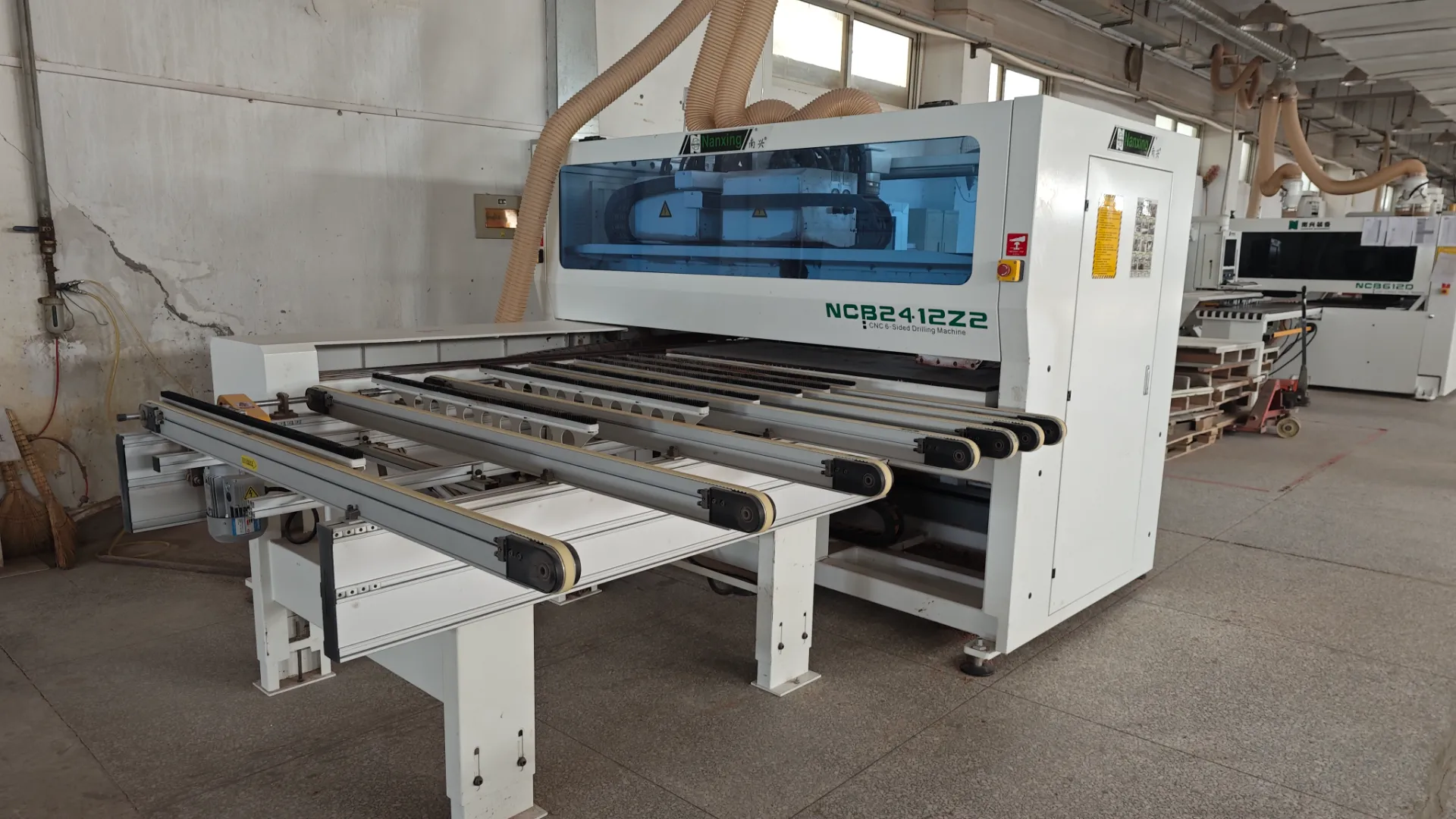វិច្ឆិកា . 14, 2024 09:12 Back to list
shop architecture and store design
Shop Architecture and Store Design Creating an Engaging Consumer Experience
In an increasingly competitive retail landscape, the architecture and design of a store play a pivotal role in attracting consumers and enhancing their shopping experience. The relationship between a store’s physical environment and consumer behavior is well-documented; thus, retailers must invest in both aesthetic and functional aspects of shop design. This article explores the principles of effective shop architecture, the importance of layout and space utilization, and how innovative design can cultivate a unique brand identity.
The Importance of Shop Architecture
Shop architecture goes beyond mere aesthetics; it encapsulates the essence of the brand and communicates its values. The exterior of a store serves as the first point of interaction with consumers. Features such as façade design, signage, and window displays are crucial in creating a vibrant first impression. A well-designed storefront can lure customers in, making them curious about the products inside.
Moreover, the architectural style of a store should resonate with its target market. For instance, a high-end luxury brand may opt for minimalist and elegant designs, characterized by spaciousness and subdued colors, while a youth-oriented brand might choose bold colors and dynamic shapes to convey energy and modernity.
Effective Layout and Space Utilization
Once consumers are inside the store, the layout plays a critical role in guiding their journey. Retailers must carefully consider the flow of traffic, keeping in mind the psychological effects of spatial organization. The layout should be intuitive, allowing customers to navigate effortlessly from one section to another. Common strategies include the use of grid, racetrack, and free-flow layouts, each catering to different types of retail experiences.
For example, a racetrack layout encourages customers to follow a specific path, leading them through various areas of the store. This design is particularly effective in grocery stores, where the goal is to encourage impulse purchases. Conversely, a free-flow layout fosters a more relaxed shopping experience, often seen in boutiques where customers can explore freely, discovering unique items at their own pace.
shop architecture and store design

Furthermore, space utilization is paramount. Retailers must maximize every square foot while ensuring that the shopping experience remains enjoyable. Effective zoning—designating areas for specific product categories—can enhance product visibility and accessibility. Additionally, strategic placement of merchandise at eye level and in focal points can capture attention and drive sales.
Creating a Unique Brand Identity
The design of a store significantly contributes to the overall brand identity. Elements such as color schemes, furniture, lighting, and visual merchandising work in harmony to create an atmosphere that reinforces the brand message. For instance, natural materials and warm lighting can evoke a sense of comfort and sustainability, ideal for eco-friendly brands.
Incorporating technology into store design is another innovative way to enhance consumer engagement. Interactive displays, augmented reality experiences, and digital signage can create a dynamic shopping environment. This approach not only captivates customers but also facilitates product discovery, allowing them to interact with items in ways that traditional displays cannot achieve.
The Role of Sustainability in Store Design
In recent years, sustainability has become a significant consideration in shop architecture and design. Consumers are increasingly aware of environmental issues and prefer brands that share their values. Therefore, incorporating sustainable materials, energy-efficient lighting, and environmentally friendly practices into store design is no longer optional but essential. Brands that prioritize sustainability in their architecture not only attract eco-conscious consumers but also contribute positively to their public image.
Conclusion
In summary, effective shop architecture and store design are critical components of a successful retail strategy. By thoughtfully considering the exterior design, optimizing layout and space, creating a unique brand identity, and incorporating sustainable practices, retailers can forge a lasting connection with consumers. As the retail landscape continues to evolve, those who invest in innovative and engaging store designs will undoubtedly stand out, fostering brand loyalty and driving sales in an increasingly digital world. The physical shopping experience remains pivotal, and well-designed stores will continue to be a cornerstone of effective retail strategy.
-
The Benefits of Electronic Shelf Labels for Modern Stores
NewsJul.01,2025
-
Space-Saving Retail Store Furniture Designs for Small Shops
NewsJul.01,2025
-
Slatwall vs. Gridwall: Which Store Fixture is Right for Your Business?
NewsJul.01,2025
-
Shop Fittings: Essential Elements for a Functional Retail Space
NewsJul.01,2025
-
How to Design a Minimalist Cosmetic Shop Display
NewsJul.01,2025
-
Creative Clothes Shop Display Ideas to Attract More Customers
NewsJul.01,2025


















































































































